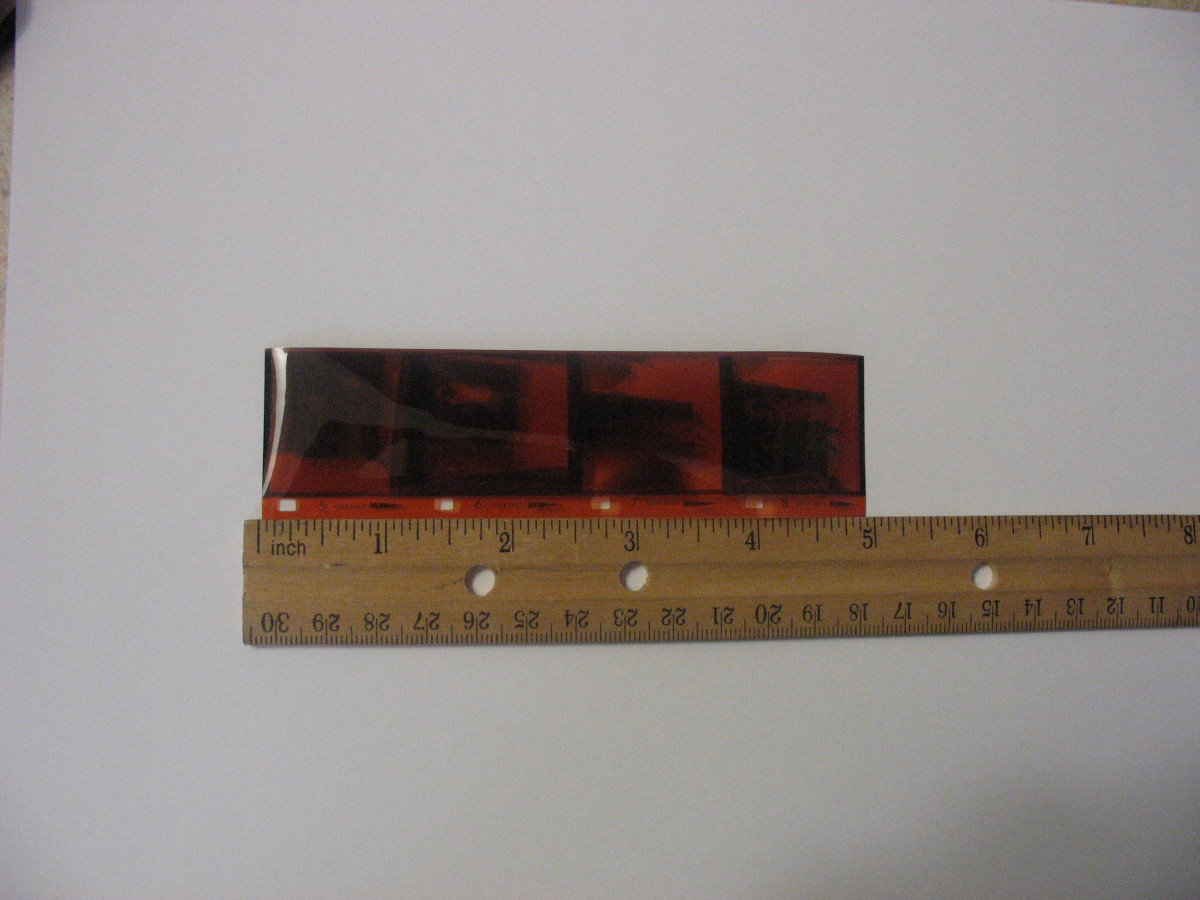The Basics of Product Photography

More and more people are selling products on the Internet. With such services as Ebay and Google Shopping available, not to mention free or cheap website hosting or blogs, it is now easier than ever to sell your products or other items online. In these instances, it is extremely valuable to be able to take photographs of your products so that potential buyers can have a clear idea of the product offered. On the other hand, many people are still selling their products in brick and mortar stores but want to make flyers or brochures of these products for advertising or informational purposes.
In either situation, high quality product photography can be one of your best sales tools. Knowing how to take a superior product photograph is necessary for your business, as is the right kinds of photographic equipment for the job. Below are some tips on taking these types of photos, as well as the kinds of tools to invest in to ensure the best product photography you can.

Tips for Good Product Photography
The most valuable thing to do in product photography is to take photos that are in focus. A blurry photograph not only fails to show off the features of your product to their best effect, a photo that is out of focus is also a turn off to a potential buyer. In fact, a blurry photograph sends a signal of a lack of professionalism to a would-be customer.
To take a sharply focused product photograph, first make sure your know how your camera works. The auto focus feature on most digital cameras may be easy to use, but often does not work well when shooting products close up. This feature is much better at taking photos of large subjects than smaller ones. If your camera has a spot focus feature, this will aid in taking sharper pictures.
Using a tripod will also significantly enhance your ability to take an in focus picture. Especially when taking close up photos of products, even the slightest shaking by your hand will cause distracting blurring in your photograph. Investment in an inexpensive tripod will improve your photos immensely , with even greater improvement with an upgrade to a better tripod.
Use of the right lighting is the next important consideration in product photography. Soft lighting is almost always desirable over hard lighting when quality product photos is the goal. Soft lighting will enhance the customer’s ability to see the small details of your products and will eliminate distracting hard shadows.
An easy way to tell if your lighting is hard or soft is to raise one finger a couple inches from the palm of your other hand. If the shadow your finger casts on your palm is heavy, then the lighting condition is too harsh and should be remedied. Either move your photography session to a better location or invest in a few other photography tools. Light tents make for an excellent product photograph, as can soft boxes.
Obtaining the right exposure in your photograph is essential, as well. It is easy to underexpose a product when shooting against a lightly colored background, whereas overexposure is possible when shooting against darker backgrounds. If your digital camera has a setting for exposure value, try and make use of it.
Finally, performing a bit of editing on your product photo can go a long way in getting a quality shot. Many computers come equipped with basic editing programs that can be used to perform simple editing tasks. One can invest in editing software such as Photoshop for more advanced photo manipulation. Performing such editing functions as cropping, contrast enhancement, or color correction will make your product photographs look much more professional while making them considerably more useful at the same time.

Equipment Needed for Product Photography
Although functional product photographs can be achieved with any digital camera alone, investment in a few fundamental tools will help in your product sales quite a bit. To start with, buying a camera that allows the user to spot and manually focus as well as adjust the exposure value will be highly valuable. Purchasing a sturdy tripod will be a powerful aid as well in getting sharply focused pictures. More advanced photographers can look into the purchase of light tents and soft boxes for getting good all around light for your pictures and to avoid hard shadows. Finally, the purchase of sound editing software will give the ability to construct a product photograph that is as professional and useful as it can be.
If photography is something you can make into a full time business, you'll want to work on marketing your services as well. Many people don't like to market, but it is a necessity. In todays online world, having owning a brandable domain name is crucial to your business so that you can stand out from the crowd. Also, having a name that is unique for your business aside from Frank's Product Photography will look more favorable in Google rankings. Social media is also a must - how will people find your business or see your portfolio without reaching out to them on Facebook, Twitter, or Tumblr?
The key thing to remember is that a potential buyer needs to be able to appreciate the unique features of your product in order to consider buying it. In this sense, a quality product photograph is worth its weight in gold.
Looking for more interesting reads? Try out these:
- Guide to Commercial Vacuum Cleaners
You probably know the old saying, Cleanliness is next to godliness. In other words, keeping a clean appearance is necessary... - Professional Cooking
If you are a person who likes to eat, who loves a fine meal, then you are probably someone who would also like to be a good... - How To Make Money
Its tough to find a job during our current economic environment. Many of us have had to get creative in finding a little...









